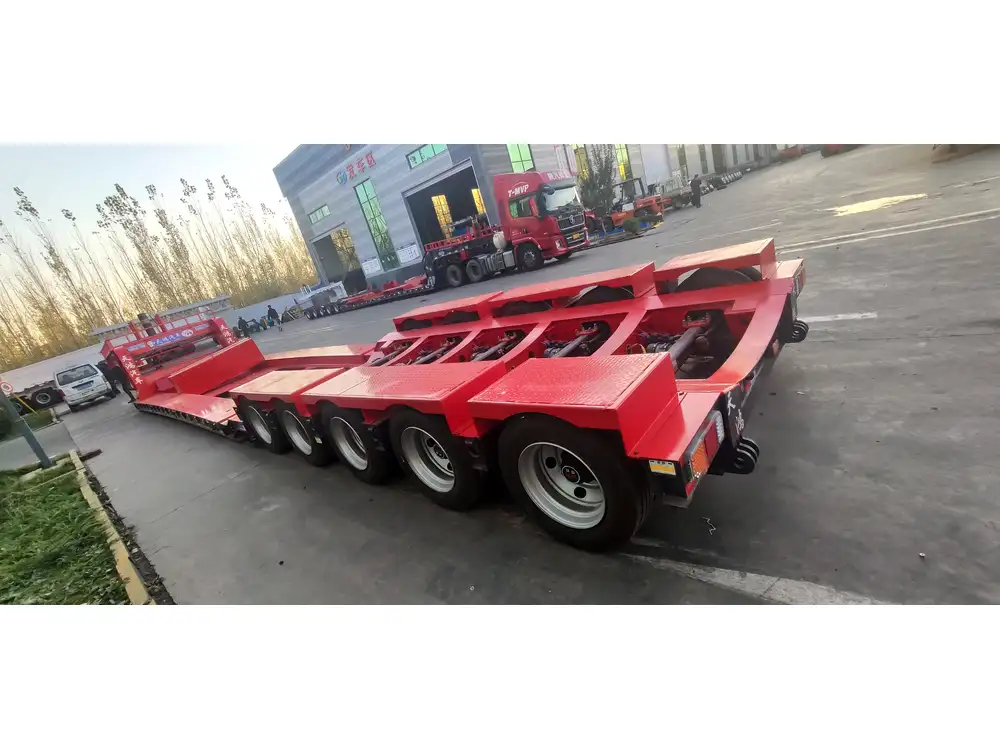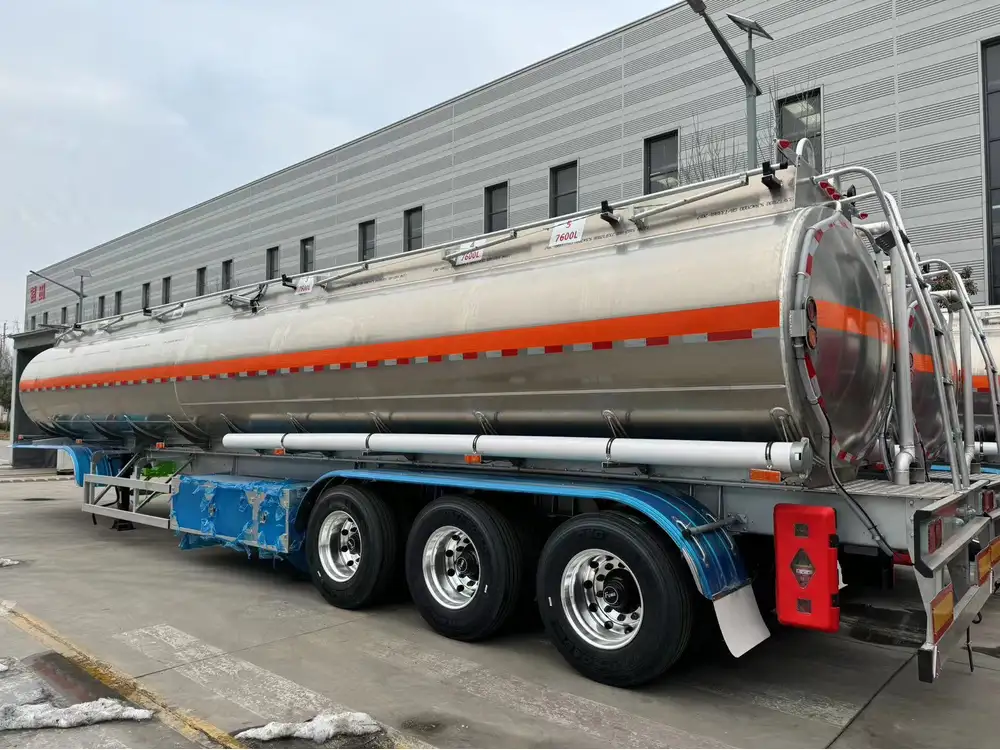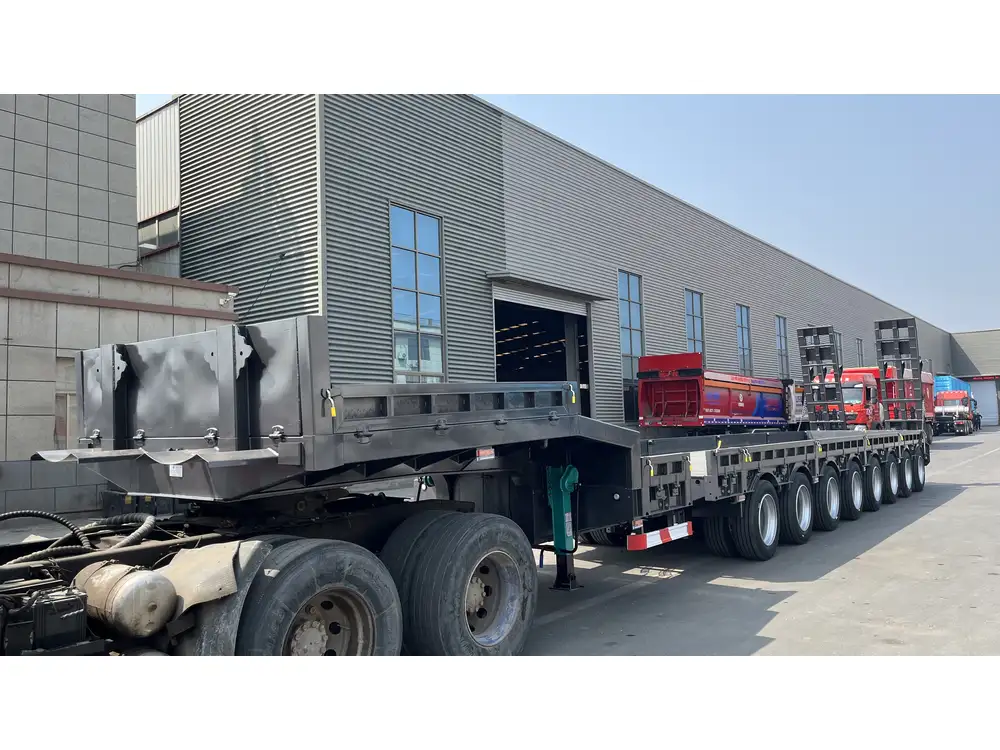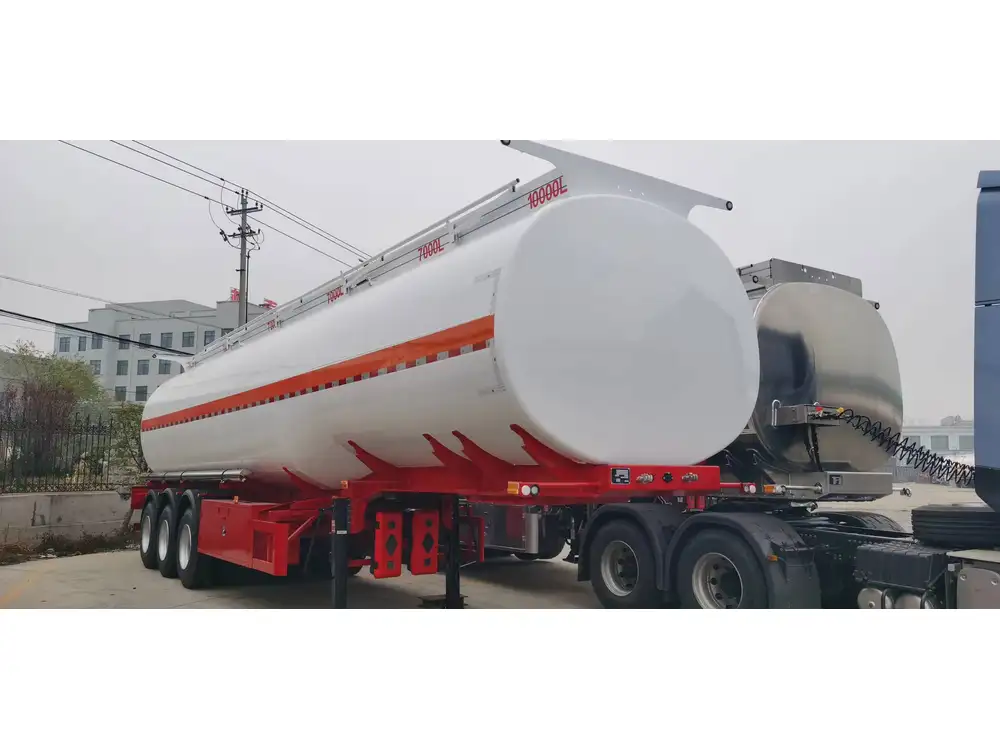The anatomy of the human spine is a complex yet elegant arrangement of vertebrae, intervertebral discs, ligaments, and nerves. It provides fundamental support for the body, facilitates mobility, and houses the spinal cord, which is vital for communication between the brain and the rest of the body. One of the less commonly discussed yet fascinating components of this anatomy is the trails. This article aims to dissect the multifaceted relationship between trails and the spine, elucidating their structures, functions, and significance in both health and physical activities.
What Are Trails in the Context of the Spine?
Before delving deeper into the relationship between trails and the spinal structure, it’s essential to clarify what we mean by “trails.” In this context, trails can refer to specific pathways taken by nerves and muscle fibers that interact closely with segments of the spinal column. They play a critical role in biomechanics, influencing everything from posture to athletic performance.
The Spine: A Quick Overview
The human spine comprises 33 vertebrae categorized into five different regions:
| Region | Vertebrae Count | Function |
|---|---|---|
| Cervical | 7 | Supports the head; allows neck mobility |
| Thoracic | 12 | Anchors the rib cage, providing stability |
| Lumbar | 5 | Bears the upper body’s weight |
| Sacral | 5 | Fuses to form the sacrum, stability |
| Coccygeal | 4 | Forms the tailbone, minor support |
Each region is integral in supporting various bodily functions, from maintaining posture to facilitating dynamic movement.

How Do Trails Correlate with Spinal Segments?
The Intricacies of Neuroanatomy
Nerve trails—comprising bundles of axons—are significant players in the communication pathways of the nervous system. These trails originate in the spinal cord and extend outwards, innervating muscles and organs. Understanding their relationship with the spine is crucial for comprehending many physiological functions, such as reflexes, voluntary movement, and overall stability.
Alterations in Trails and Their Effects
Injuries, age, or certain conditions can affect these trails. For instance, a herniated disc can compress spinal nerves, leading to pain and functional impairment. Conversely, strengthening specific muscle trails can enhance support, mitigate discomfort, and improve athletic performance.

The Role of Trails in Spinal Health and Fitness
Interaction of Trails with Spinal Health
When analyzing the relationship between trails and spinal health, it becomes evident that these pathways significantly impact overall wellness. Regular movement and exercise promote blood circulation along these trails, contributing to nutrient supply and waste removal. Conversely, sedentary lifestyles can lead to deterioration of both the trails and the spinal structure itself.
Exercise and the Maintenance of Trails
Regular physical activity can enhance both spinal health and the integrity of trails. Specific exercises, such as core stability workouts, facilitate the development of essential muscle trails, providing better support for the spine. The importance of a robust core cannot be overstated—it acts as a dynamic stabilizer for the spine, affecting everything from spinal alignment to injury prevention.

Types of Exercises to Strengthen Trails and Support the Spine
| Exercise Type | Description | Target Area |
|---|---|---|
| Core Stabilization | Engaging the deep abdominal muscles | Lumbar region |
| Flexibility Training | Stretching surrounding muscles and ligaments | Entire spine |
| Strength Training | Utilizing weights to strengthen back muscles | Various spinal regions |
| Aerobic Activities | Promoting circulation and overall mobility | Whole body |
Through targeted exercises, individuals can not only support their spine but also improve their overall performance in daily activities and sports.
Common Issues Related to Trails and Spinal Health
Understanding Pain and Injury Mechanisms
The connection between spinal structures and trails is not solely functional; it is also pathological. A variety of conditions may arise from compromised trails and spinal health. These concerns underscore the necessity for comprehensive awareness and proactive measures.

Common Conditions linked to Trail and Spine Issues
| Condition | Description | Impact on Spinal Health |
|---|---|---|
| Sciatica | Compression of the sciatic nerve due to lumbar issues | Severe pain radiating down the leg, affecting mobility |
| Herniated Disc | Displacement of disc material causing nerve compression | Localized pain, weakness, and numbness |
| Spinal Stenosis | Narrowing of spinal spaces, putting pressure on nerves | Can lead to chronic pain and neurological symptoms |
| Spondylosis | Degenerative changes in the spine due to aging or wear and tear | Loss of spinal stability, potential nerve compression |
Each of these conditions not only impacts the trails associated with them but can also lead to broader issues affecting overall health and functionality.
Preventative Measures
To mitigate many of these concerns, individuals must prioritize preventive strategies. This includes engaging in regular physical activity tailored to individual health status, maintaining a healthy weight, and staying mindful of body mechanics during work and recreational activities.
Rehabilitation and Recovery

A Roadmap to Recovery
For individuals experiencing pain or limitations due to trail or spinal issues, a structured rehabilitation program becomes a lifeline. Rehabilitation often comprises a multidisciplinary approach involving:
- Physical Therapy: Tailored exercises focusing on mobility and strengthening.
- Chiropractic Care: Adjustment techniques that may alleviate pressure on trails and spinal structures.
- Occupational Therapy: Strategies to modify daily activities to reduce strain.
- Pain Management Techniques: Modalities ranging from medication to mindfulness practices.
Importance of a Holistic Approach
Focusing solely on pain relief is insufficient; a robust rehabilitation strategy addresses underlying issues, fosters overall wellness, and enhances resilience against future injuries.
The Future of Trail and Spine Research

Emerging Trends
The ever-evolving landscape of medical research continuously sheds light on the intricate mechanisms involving trails and spinal health. Studies aimed at understanding the regenerative potential of tissues involved in trails and spine composition could revolutionize treatments for chronic pain and injury.
- Stem Cell Therapy: Exploring how stem cells can aid tissue repair in degenerated spinal components.
- Biomechanical Studies: Investigating how modifications in trails influence spinal loading and stress during various activities.
Impact on Athlete Performance
Narrowing the focus to athletic populations, understanding the dynamics of trails and their influence on spinal mechanics can profoundly impact training paradigms. Emphasizing specificity in training can enhance athletic performance and injury resilience.
Conclusion: Interlinking Trails and Spinal Function
In summary, trails indeed play an integral role in the structure and function of the spine, spanning various dimensions of health, mobility, and performance. Understanding their complexity can inform both preventative strategies and therapeutic interventions, significantly affecting individual health outcomes and athletic success.
Investing time into education and practice surrounding trails and spinal health can foster a deeper appreciation of the human body’s intricacies and promote longevity in physical capacities. Whether through targeted exercises, preventive care, or advanced research, the journey towards optimizing spinal and trail functionality continues to be a critical focus in health and fitness circles today.



